Redstone torches are an essential component of any complex redstone mechanism. While the simplest ones may involve only a trigger (a pressure plate, lever, detector rail, or button), some wire, and a mechanism (iron door, piston, trap door, powered rail, note block) these are only the most basic redstone creations, and generally aren’t quite as useful.
This is where the redstone torch comes in. Redstone torches are, by default, ‘turned on’, glowing faintly red and providing power. Like a regular torch, they are attached to the side or top of a block, and they can be connected to redstone wire to power it, as well as powering anything that the block they are attached to touches. While this initially doesn’t seem like much (since who would bother putting up a door that’s always open?), it’s important to be aware that they can be turned off. If powered redstone wire is run to the block that the torch is attached to, it will turn off the torch- and thus stop it from providing power until the redstone wire is depowered.
This is known as a ‘redstone inverter’, because it turns ‘on’ into ‘off’, and can be used to set up a piston, door, or other mechanism that turns off when the trigger is activated- useful with pistons and pressure plates, because anyone standing on the pressure plate will trigger the inverter and turn off the piston, likely opening up a door or other space where there wasn’t one before.
Because redstone torches only power redstone wire horizontally adjacent to them, they are safer than lines of redstone wire, and using them judiciously can save you a lot of difficulty preventing your redstone wire from powering the wrong things at the wrong times. You do still need to be careful of where you place your powered objects, but the manner redstone torches function in can save you a lot of space and headaches- as long as you keep all the rules in mind.
Additionally, a redstone inverter in a chain of redstone will create a minor delay, which can also be useful.



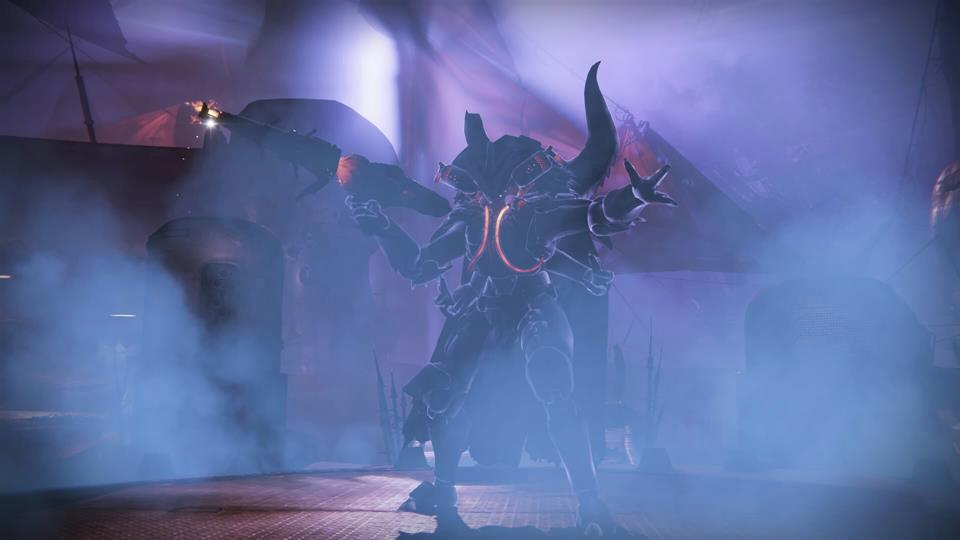
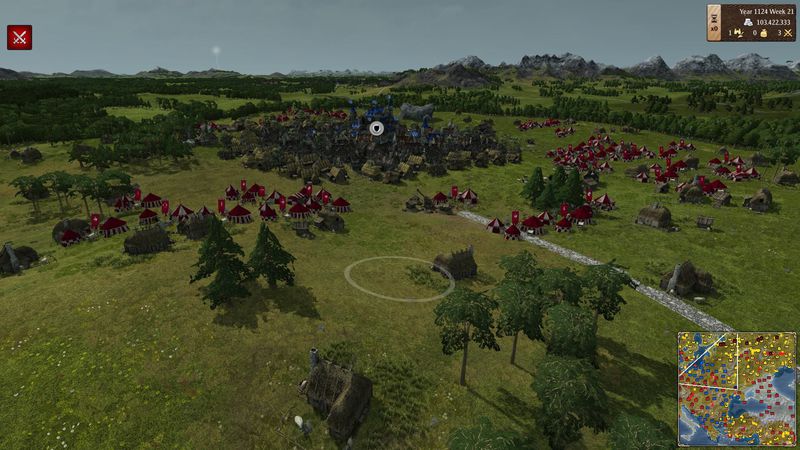
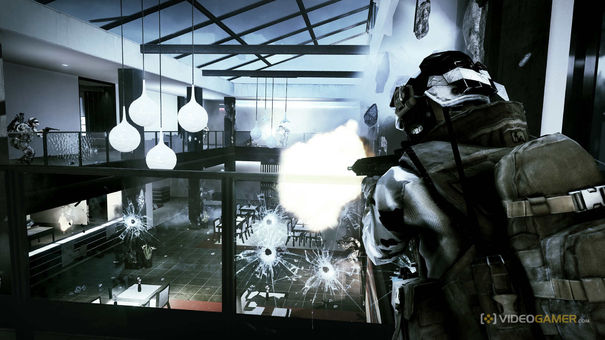
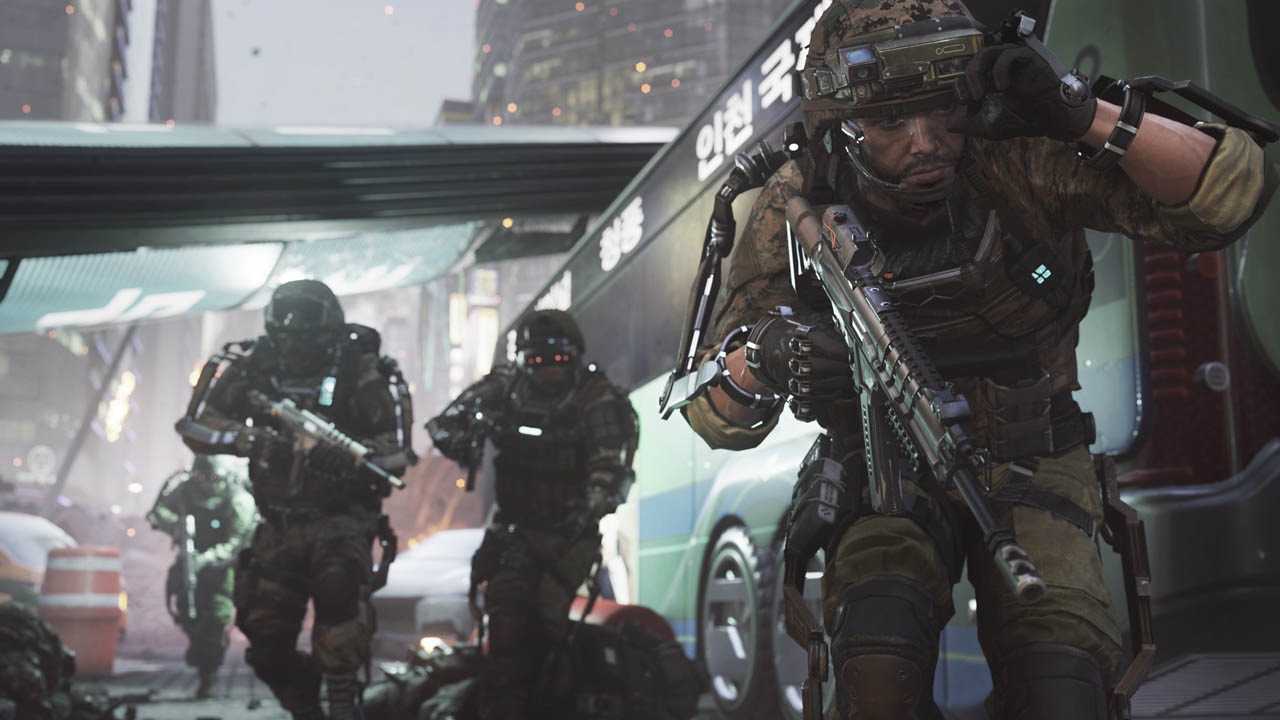 Call of Duty: Advanced Warfare – Perks Guide
Call of Duty: Advanced Warfare – Perks Guide System Shock 1: Installation, Mods and Setup
System Shock 1: Installation, Mods and Setup .s 2015 predictions
.s 2015 predictions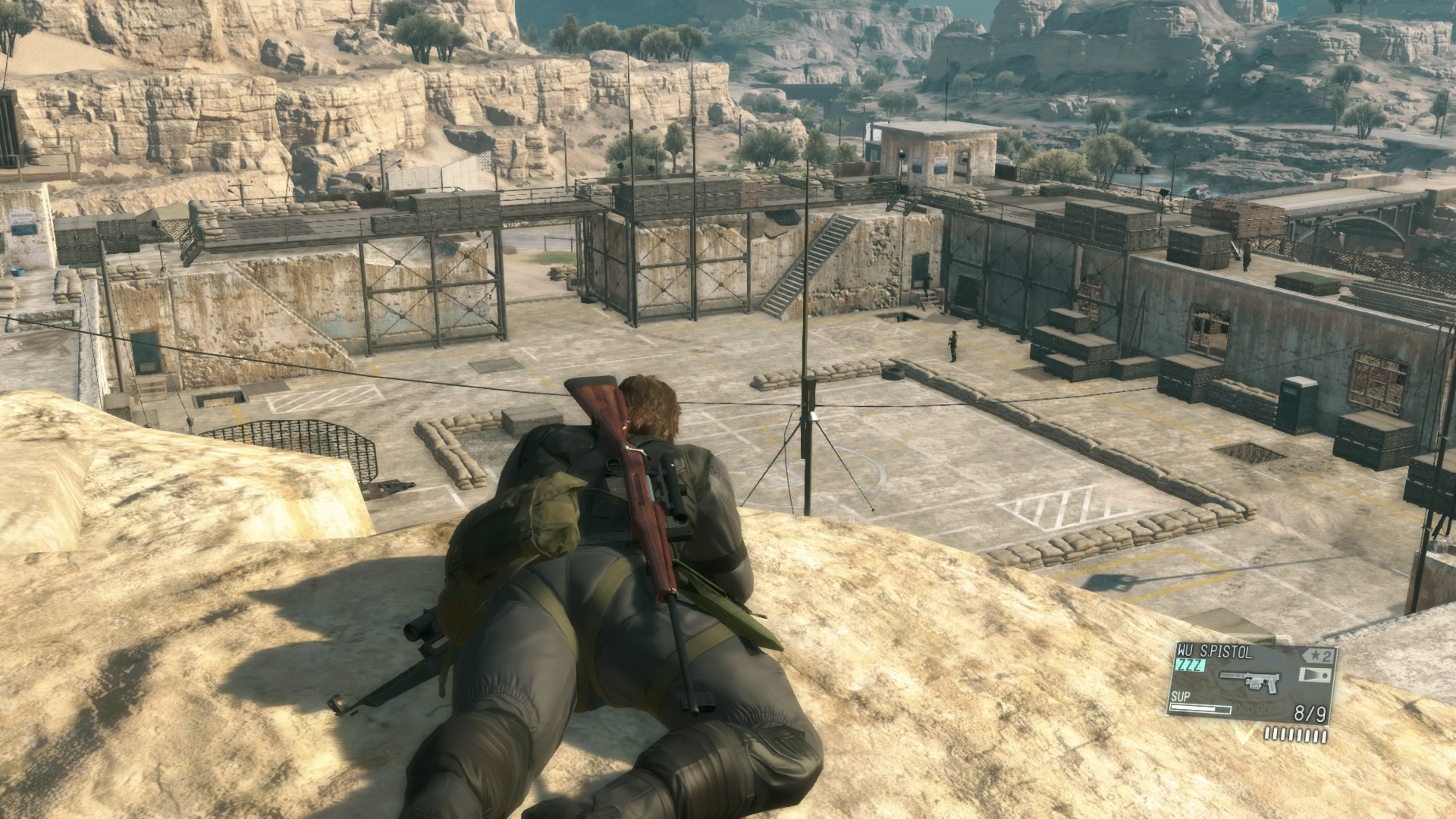 Metal Gear Solid 5: The Phantom Pain – Side Ops 61 Unlucky Dog 01
Metal Gear Solid 5: The Phantom Pain – Side Ops 61 Unlucky Dog 01 Minesweeper Tips and Tricks
Minesweeper Tips and Tricks